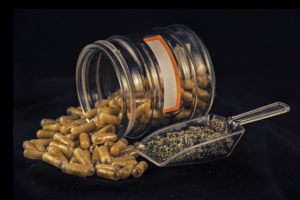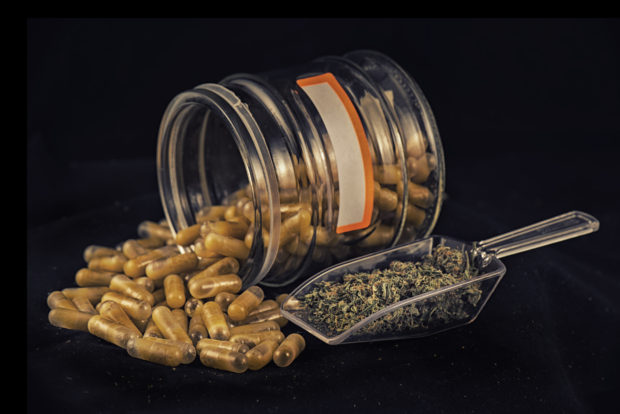The Centers for Disease Control and Prevention describe marijuana as the dried flowers and leaves of the cannabis plant. There are psychoactive components like tetrahydrocannabinol (THC), as well as other active but nonmind-altering components like cannabidiol (CBD). According to drugabuse.gov, a marijuana plant contains more than 100 cannabinoids.
 Workers comp insurers struggle with the fact that marijuana continues to be an illegal classified drug at the federal level and because the distinction between THC and CBD is so important. THC, according to the CDC, is the main active ingredient in marijuana and affects areas of the brain that control bodily functions like balance, coordination, memory and judgment.
Workers comp insurers struggle with the fact that marijuana continues to be an illegal classified drug at the federal level and because the distinction between THC and CBD is so important. THC, according to the CDC, is the main active ingredient in marijuana and affects areas of the brain that control bodily functions like balance, coordination, memory and judgment.
Some research suggests there is medicinal value in cannabinoids for pain and inflammation.
According to Susan R.B. Weiss, Ph.D, who presented on behalf of the National Institute on Drug Abuse, part of the National Institutes of Health, in 2016: “In general, adequate and well-controlled studies are lacking, which means patients across the country are using marijuana strains and extracts that have not undergone rigorous clinical trials, are not regulated for consistency or quality, and are used for medical conditions with an insufficient evidence base supporting their effectiveness.”
Experts say more research is necessary to learn about undiscovered side effects, proper dosing, potential drug interactions and diseases that can develop from frequent marijuana use.
In addition, studies of various marijuana products on the market today have indicated varying degrees of CBD and THC in them. One 2017 study conducted by Marcel O. Bonn-Miller, Ph.D, of the University of Pennsylvania Perelman School of Medicine, found that of 84 percent of CBD products sold by 31 companies online, blind testing showed that only 30 percent contained CBD in an amount listed on the label. An earlier study by the same researcher found that edibles purchased from dispensaries in Los Angeles, San Francisco and Seattle contained less THC than labels said.
Researchers say the findings highlight a need for oversight of manufacturing, testing and distribution of medicinal cannabis products.





















 Executives on the Move at Liberty Mutual, Cowbell, W. R. Berkley
Executives on the Move at Liberty Mutual, Cowbell, W. R. Berkley  NOAA Announces Latest AI-Driven Global Weather Models
NOAA Announces Latest AI-Driven Global Weather Models  Northern California Flooding This Weekend Caused by Heavy Rain, High Tides
Northern California Flooding This Weekend Caused by Heavy Rain, High Tides 




